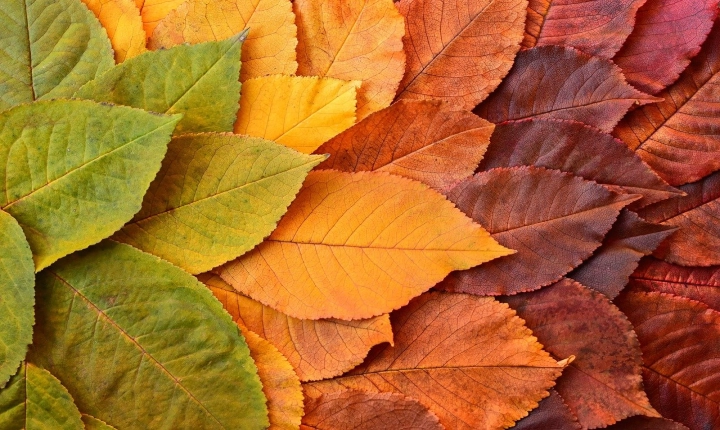Generative AI has been a game-changer in the field of digital art and design, allowing artists and designers to create stunning and intricate works with the help of artificial intelligence. One popular tool for creating generative art is Adobe Photoshop, a widely-used platform that offers a range of powerful features for digital design. In this article, we will explore how to create generative art using Photoshop’s powerful AI capabilities.
Step 1: Understanding Generative AI in Photoshop
Before diving into the process of creating generative art in Photoshop, it’s important to have a basic understanding of what generative AI is and how it works. Generative AI refers to algorithms that are designed to generate new, original content based on input data or predefined parameters. In the context of digital art, generative AI can be used to create unique and complex patterns, shapes, and designs that would be difficult or time-consuming to produce manually.
Step 2: Accessing AI-Powered Features in Photoshop
Adobe Photoshop offers several AI-powered features that can be used to create generative art. One of the key features is the Adobe Sensei technology, which includes tools like Content-Aware Fill, Neural Filters, and Sky Replacement. These tools leverage machine learning algorithms to analyze and manipulate images, allowing users to generate new and creative visual elements.
Step 3: Exploring Neural Filters
Neural Filters in Photoshop provide a wide range of AI-powered effects and filters that can be applied to images. To create generative art, you can experiment with filters like Style Transfer, Colorize, and Object Aware Layout. These filters allow you to transform images into unique and artistic representations by applying AI-generated styles, colors, and layouts.
Step 4: Using Pattern and Shape Tools
Photoshop offers a variety of pattern and shape tools that can be used to create intricate designs. By combining these tools with AI-powered adjustments, you can generate complex patterns and shapes with ease. Experiment with the Pattern Stamp Tool, Custom Shapes, and the Fill command to create unique designs, and then use the Neural Filters to further enhance and refine the results.
Step 5: Integrating Generative AI with Image Editing
In addition to creating art from scratch, you can also utilize generative AI to enhance existing images and designs. Photoshop’s AI-powered tools can be used to intelligently upscale images, remove unwanted elements, and even generate new content based on the original image. By combining generative AI with traditional image editing techniques, you can create visually stunning and innovative compositions.
Step 6: Experimenting with Automation and Scripting
For more advanced users, Photoshop provides the ability to automate repetitive tasks and create custom scripts using JavaScript. By harnessing the power of automation and scripting, you can develop custom generative art workflows that leverage Photoshop’s AI capabilities to create complex and unique designs at scale.
Step 7: Sharing and Showcasing Your Generative Art
Once you’ve created generative art using Photoshop’s AI-powered features, consider sharing your work with the creative community. Whether it’s through social media, online galleries, or digital art platforms, showcasing your generative art can inspire others and spark new ideas within the digital art community.
In conclusion, generative AI in Photoshop opens up a world of creative possibilities for artists and designers. By leveraging the AI-powered features in Photoshop, you can explore new artistic avenues, experiment with innovative techniques, and push the boundaries of digital art and design. Whether you’re a seasoned Photoshop user or just getting started, generative AI offers a fresh and exciting way to approach digital creativity.
